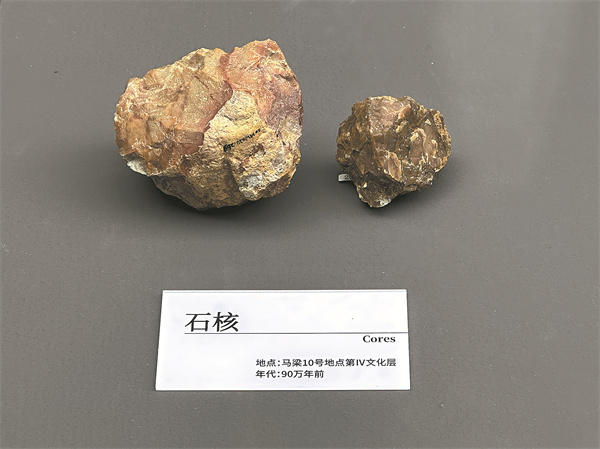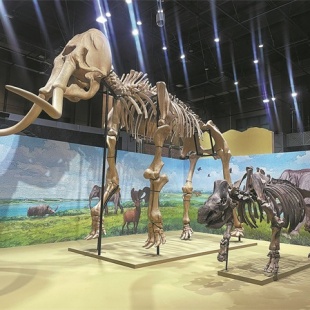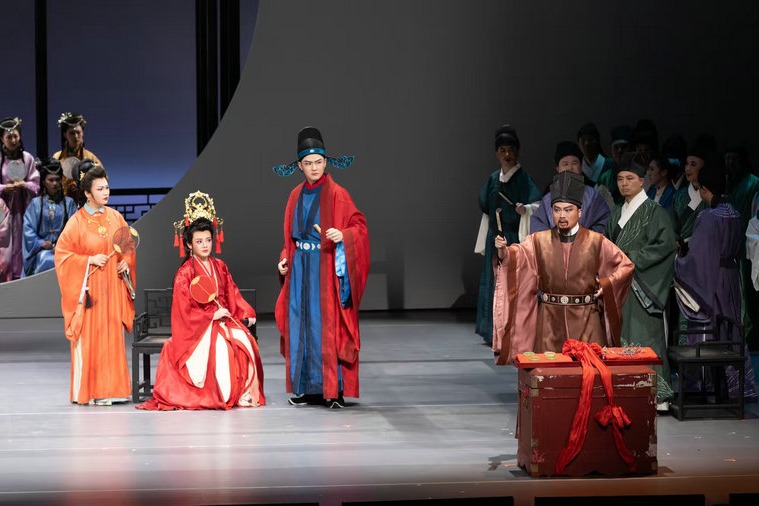Museum unveils million-year legacy of Nihewan


It has not only the earliest Majuangou site in northern China dating to 2 million years before the present, but also the Xujiayao site of the late Paleolithic period where human skulls and many forged spheroids were unearthed, as well as the Yujiagou site of the Paleolithic-Neolithic transition period where the earliest pottery fragments and many microliths were discovered.
A standout exhibit is the reconstructed scene from the Majuangou site, where evidence of human activity dating back 1.66 million years was discovered.
"This is where the 'first meal of Eastern humans' took place," Wei explains.
"One scraper was found in direct contact with a rib fossil, bearing clear signs of impact and scraping, reflecting scenes of ancient humans hunting, dismembering and sharing mammoth meat," she adds.
The exhibition also introduces the fossilized remains from the Houjiayao-Xujiayao site, representing 16 individuals across various life stages, from children to the elderly. Nearby, three round stone balls are exhibited. "Stone balls are the most distinctive tools from this site, with thousands discovered," Wei says.





































